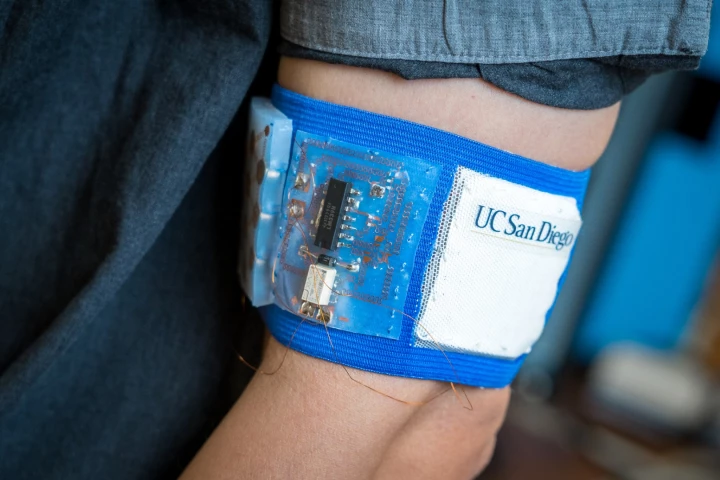Thermal
-
Polar Night Energy says it's developed and commercialized a super-cheap, super-simple way of storing energy for anywhere between hours and months, simply using heated sand. Its first 8-megawatt-hour thermal battery has gone online in Finland.
-
The extremely hot interior of Earth is slowly cooling down, but exactly how fast is unknown. By studying how well a common deep-Earth mineral conducts heat, researchers have now found that the planet’s interior may be cooling faster than expected.
-
Berkeley Lab engineers have developed a roof coating that can keep a building warmer or cooler, depending on the weather. When it’s warm out the material will reflect sunlight and heat, but it switches itself off in winter, reducing energy use.
-
Australian researchers have created what may be one of the most thermally stable materials ever discovered. This remarkable advanced material, made of scandium, aluminum, tungsten and oxygen, doesn't change in volume at all between 4 and 1,400 Kelvin.
-
Air conditioners and other cooling systems are among our biggest consumers of electricity. Now researchers have developed a hybrid device that can not only cool buildings drastically without using electricity, it captures solar energy to heat water.
-
Capturing the complexities of the human hand is very tricky. Now engineers have developed a new wearable system that uses thermal sensors to accurately predict hand positions, with potential applications in VR, robotics and translating sign language.
-
Kevlar and Twaron are tough materials, but there’s a bit of a trade-off to be made between strength, heat resistance and weight. Now, researchers have created a new nanofiber material that’s just as strong, but much more insulating against heat.
-
Scientists at the University of Manchester have developed a new type of smart textile that could enable thermally adaptive clothing, using graphene to alter its thermal radiation properties via electrical tuning.
-
One of the largest natural sources of renewable energy could be right under our feet – literally – with geothermal energy. Now researchers at Tokyo Institute of Technology and Sanoh Industrial have developed a new type of battery cell that can directly convert heat energy into electricity.
-
Engineers from the University of California San Diego have developed a proof-of-concept armband that can keep the wearer's skin at a constant temperature, even when the ambient temperature is raised or lowered. And the technology is being scaled up to vest size.
-
Lithium-ion batteries aren't necessarily the best choice for grid-scale energy storage. Researchers at MIT have outlined a new system they call a “sun in a box,” which stores energy as heat in molten silicon and harvests it by tapping into the bright light it emits.
-
In every speaker is a membrane that physically vibrates to generate sound waves. But now, researchers have developed a speaker that doesn’t need to mechanically vibrate at all. Instead, a graphene membrane is heated and cooled with carefully controlled electric currents to create sound waves.
Load More










